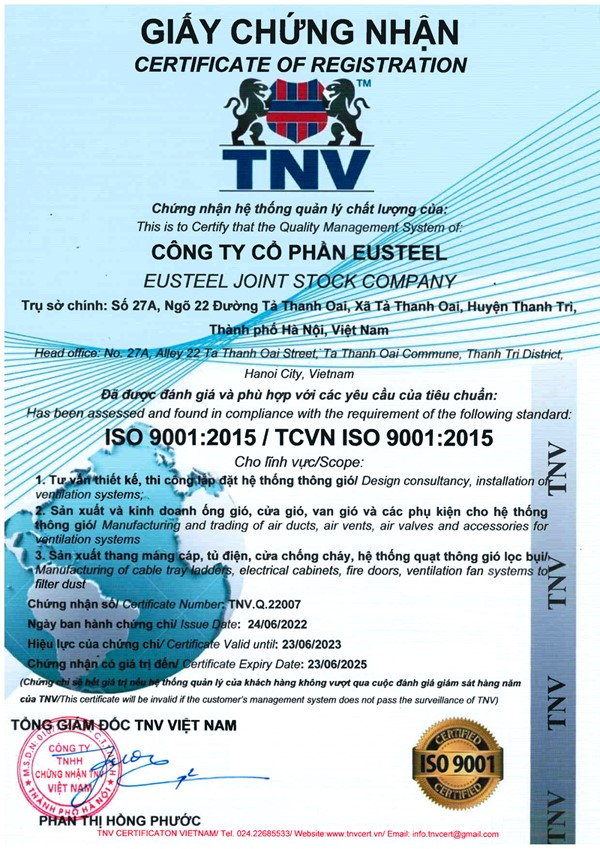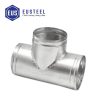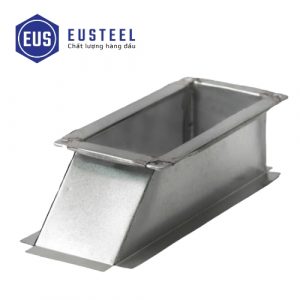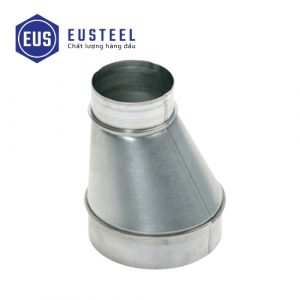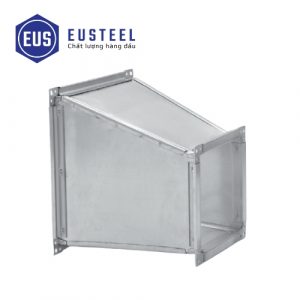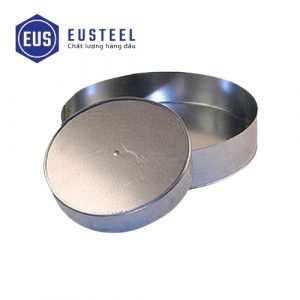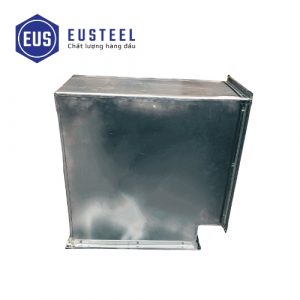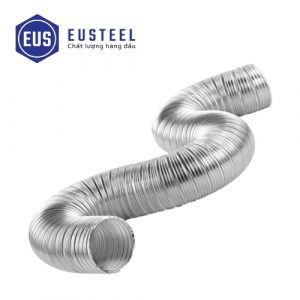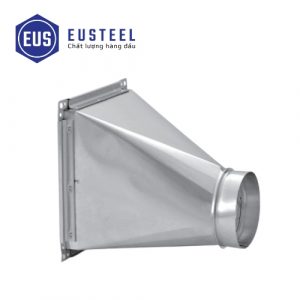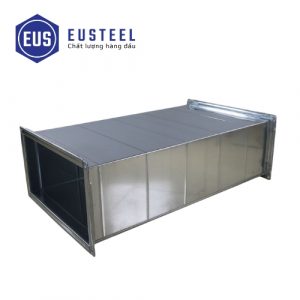Top quality
Air duct silencers
Product code:
#123456
Condition: In stock
Origin: Vietnam
Brand: Eusteel
Air duct silencers work on the principle of absorbing and reflecting sound. When sound waves enter the sound absorber, the sound energy will be absorbed by the porous materials, mineral fibers, or sound-absorbing panels inside, and part of the sound waves will be reflected and scattered, reducing the intensity of the sound transmitted out.
Duct sound absorbers are usually rectangular or circular in shape, made up of:
- Outer shell: Made of metal (galvanized steel, aluminum, stainless steel) to create rigidity and protect the sound-absorbing material inside.
- Sound-absorbing core (Baffles/Splitters): These are panels or blocks of sound-absorbing material arranged parallel or in a zigzag shape inside the shell. These cores may have gaps or holes to allow air to pass through.
- Sound-absorbing material: Placed inside the sound-absorbing cores, capable of absorbing sound energy.
- Protective Liner: A layer of perforated metal mesh is often used to wrap sound-absorbing material, helping to protect the material and prevent the dispersion of material fibers into the air stream.
Duct sound deadening is widely used in HVAC systems of:
- Office buildings and apartments: Reduce noise from fans, air conditioners, and airflow.
- Hospitals, clean rooms: Ensure a quiet environment, meeting strict noise standards.
- Shopping malls, movie theaters: Enhance customer experience.
- Factories and industrial parks: Reduce noise from industrial equipment transmitted into the ventilation system.
- Recording rooms, conference rooms: Control sound, avoid noise.
Basic parameters when choosing sound absorption include:
- Duct size: To choose the appropriate size silencer.
- Required noise reduction level: Based on project noise standards or specific requirements.
- System air flow: Make sure the silencer can handle the air flow without causing blockage.
- Budget and materials: Select materials appropriate to the installation environment and cost.
Advantage
- Effective noise reduction: Improves the quality of the acoustic environment in occupied spaces.
- Improves air quality: Many types of sound deadening are designed to not significantly impede air flow.
- Diverse in size and shape: Suitable for many different types of air ducts and installation spaces.
- High durability: Usually made from high-quality metal and sound-absorbing materials, with a long lifespan.
- Easy installation and maintenance: Does not require too many tools or special skills.
